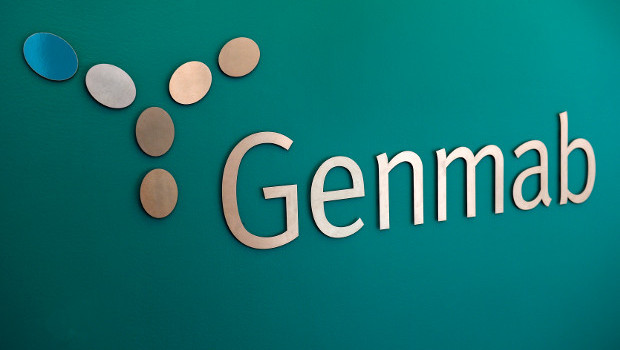Genmab A/S announces that the European Commission (EC) has granted a conditional marketing authorization for first-in-class CD38 antibody DARZALEX (daratumumab).
The conditional approval is for the use of DARZALEX as monotherapy for the treatment of adult patients with relapsed and refractory multiple myeloma, whose prior therapy included a proteasome inhibitor (PI) and an immunomodulatory agent and who have demonstrated disease progression on the last therapy. The EC approval follows a positive opinion issued for DARZALEX by the Committee for Medicinal Products for Human Use (CHMP) of the European Medicines Agency (EMA) in April 2016. Conditional marketing authorizations are granted by the EMA for medicines where the benefit of immediate availability outweighs the risk of less comprehensive data than normally required. Continued approval for this indication may be contingent upon verification and description of clinical benefit in confirmatory trials.
DARZALEX is the first human CD38 monoclonal antibody (mAb) approved in Europe. The European approval follows the November 2015 U.S. Food and Drug Administration (FDA) approval of DARZALEX for the treatment of patients with multiple myeloma who have received at least three prior lines of therapy, including a PI and an immunomodulatory agent, or who are double-refractory to a PI and an immunomodulatory agent. In August 2012, Genmab granted Janssen Biotech, Inc. an exclusive worldwide license to develop, manufacture and commercialize DARZALEX.
The marketing authorization was based on data from the Phase II study (SIRIUS MMY2002, published in The Lancet in January 2016), the Phase I/II GEN501 monotherapy study (published in The New England Journal of Medicine in August 2015) and data from three additional supportive studies. These studies included heavily pre-treated patients with relapsed and refractory multiple myeloma who had exhausted other approved treatment options and whose disease was progressive at enrolment. Findings from a combined efficacy analysis of the GEN501 and MMY2002 (SIRIUS) trials demonstrated that after a mean follow-up of 14.8 months, the estimated median overall survival (OS) for single-agent daratumumab (16 mg/kg) in these heavily pre-treated patients was 20 months (95 percent Confidence Interval, 15 months to not yet estimable). The overall response rate (ORR) for the combined analysis was 31 percent, and 83 percent of patients achieved stable disease or better.1
“At Genmab we are driven by a desire to improve the quality of life for cancer patients and their families. The approval of the marketing application for DARZALEX provides the opportunity to do just that for multiple myeloma patients living in the EU and represents a landmark event for these patients and their families, as well as for Genmab and Janssen,” said Jan van de Winkel, Ph.D., Chief Executive Officer of Genmab.
Daratumumab demonstrated a clinically manageable safety profile. The most commonly occurring adverse reactions (in 20 percent or more of patients in three pooled clinical studies) were infusion-related reactions (IRRs), fatigue, pyrexia, cough, nausea, back pain, upper respiratory tract infection, anemia, neutropenia (abnormally low levels of neutrophils, a type of white blood cell) and thrombocytopenia (abnormally low levels of platelets in the blood).
In data from three pooled clinical studies including a total of 156 patients, four percent of patients discontinued treatment due to adverse reactions, none of which were considered drug-related. IRRs were reported in approximately half of all patients treated with DARZALEX, the majority of which (91 percent) occurred during the first infusion. Seven percent of patients had an IRR at more than one infusion. Common (≥5 percent) symptoms of IRRs included nasal congestion, chills, cough, allergic rhinitis, throat irritation, dyspnea, and nausea, and these were mild to moderate in severity.2 Severe IRRs (4 percent), including bronchospasm (1.3 percent), hypertension (1.3 percent), and hypoxia, or decreased oxygen supply to the tissues (0.6 percent), were also reported.







